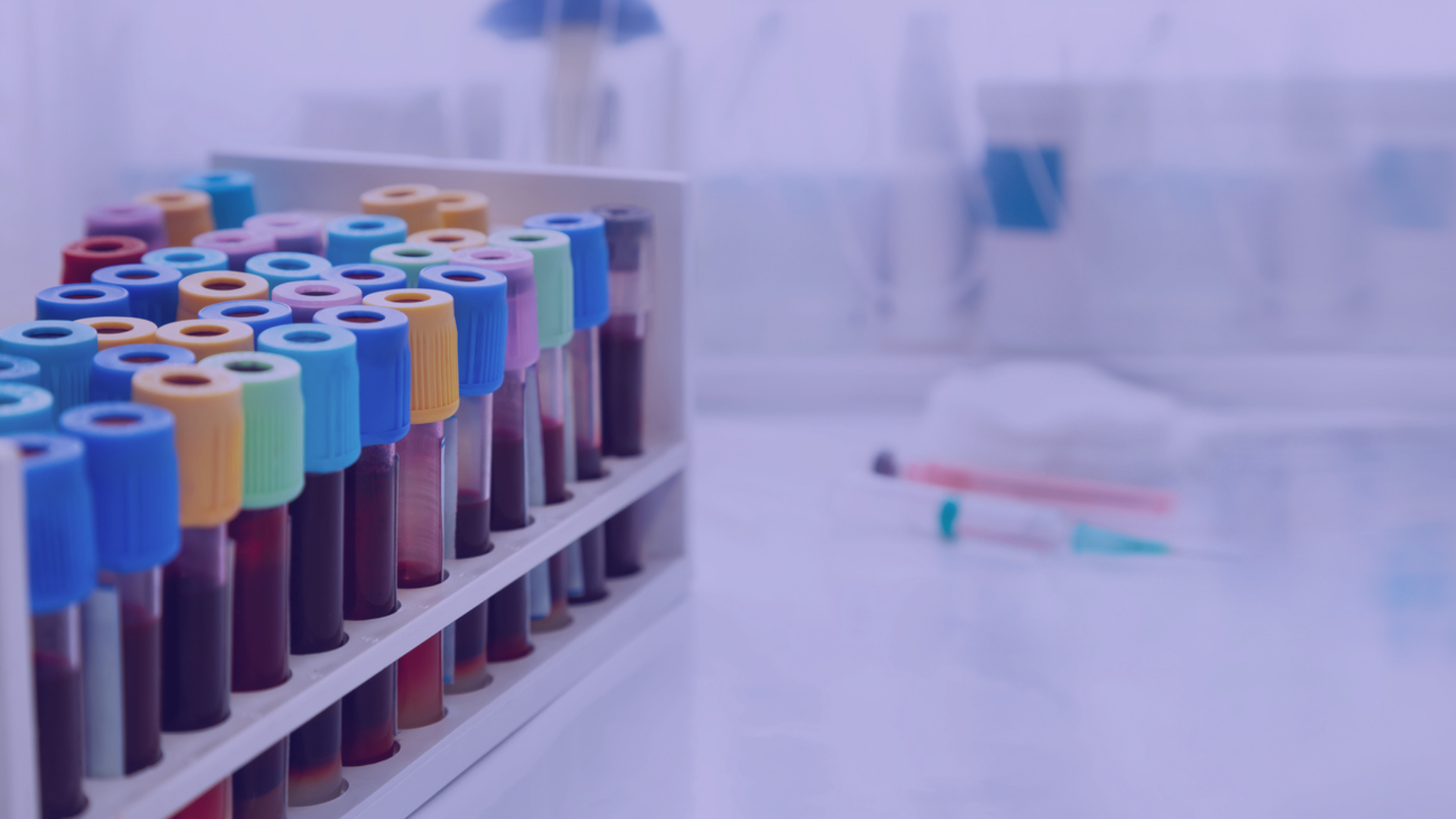Balancing the benefits of high-quality invasive tests with safer, less invasive options is crucial for patient care. While invasive procedures like biopsies and surgeries provide critical diagnostic information, non-invasive and minimally invasive tests (e.g., blood draws) can be a cost-effective alternative that often offers lower risks and shorter recovery times.
Though generally safer, non-invasive and minimally invasive tests may not always match the accuracy of invasive methods. The Quadruple Aim—enhancing patient experience, improving population health, reducing costs, and supporting provider well-being—can help guide the evaluation of these testing options.
When thoroughly evaluated for their analytical validity, clinical validity, and clinical utility to ensure diagnostic precision, less invasive alternatives can improve health outcomes while lowering costs. They also allow providers to focus on complex procedures, helping reduce burnout and optimize care delivery, benefiting patients and the healthcare system.
Invasive testing can be critical for diagnosing and treating serious conditions, but there are often different options that may reduce associated risks. For example, pulmonary nodules (lesions found in lung tissue) are frequently found incidentally by imaging. They may need to be assessed further to determine the risk of lung cancer and future management. This testing has multiple options, including gene expression profiling on cells collected with a bronchoscopy. Bronchoscopies are invasive procedures in which a bronchoscope is passed through the nose or mouth, throat, and into the lungs. The risks of bronchoscopies, although uncommon and often minor, include bleeding, collapsed lung, low blood oxygen levels, and fever.1 Alternatively, Biodesix has developed the Nodify XL2® test, which measures two proteins in blood plasma associated with lung cancer to identify benign nodules. The test, with a sensitivity of 97%, combines information about the abundance of two proteins (LG3BP and C163A) with five clinical factors (age, nodule size, smoking status, nodule borders, and location) to determine a risk of malignancy. Patients with benign nodules can then be classified as lower risk and monitored with non-invasive computed tomography (CT) surveillance rather than with invasive bronchoscopy procedures and lung biopsies.2
There are other issues with invasive tests in addition to potential health risks. One concern is the possibility of an unfavorable cosmetic result. Invasive tests that break the skin can leave scars, particularly with skin biopsies. Non-invasive tests present another option for diagnostic testing with no cosmetic component. Around three million biopsies are performed each year for only 200,000 melanomas, meaning many biopsies put patients at unnecessary health and cosmetic risk.3 The DermTech® Melanoma Test uses a non-invasive adhesive patch to collect skin samples, which are then tested for two genes associated with melanoma. The Melanoma Test can rule out primary cutaneous melanoma with a sensitivity of 91%, reducing the need for biopsies.4
In addition to reducing risks during initial diagnosis, alternative testing options can reduce the need for future invasive testing and procedures. For example, approximately 15% of biopsies of suspected melanomas are inconclusive and cannot be classified as benign or malignant based on histology alone. Castle Biosciences has developed the MyPath® Melanoma test for melanoma diagnostics. The test tests 23 genes to distinguish between benign and malignant melanoma. MyPath® Melanoma uses a sample from the primary biopsied melanocytic lesions, and it assists in establishing a definitive diagnosis with over 90% accuracy, reducing the need for additional biopsies and associated risks.5
The Biodesix Nodify XL2® test, DermTech® Melanoma Test, and Castle Biosciences MyPath® Melanoma are all examples of testing options that reduce the risks of invasive procedures and improve the diagnostic process. These three tests are all covered by Avalon, based on their analytical validity, clinical validity, and clinical utility. However, numerous examples of non-invasive testing options are not diagnostically accurate enough to be beneficial. Thorough research into the benefits and drawbacks of each testing method is necessary, and personal priorities should also be considered.
As laboratory benefit managers, Avalon is committed to fostering science-driven innovation in healthcare. We actively evaluate tests to ensure patients receive high-quality laboratory testing that meets their needs. By emphasizing evidence-based science, adhering to regulations, and embracing continuous innovation, we aim to enhance patient care and create tangible value for our partners.
References
- Leiten EO, Martinsen EM, Bakke PS, Eagan TM, Grønseth R. Complications and discomfort of bronchoscopy: a systematic review. Eur Clin Respir J. 2016;3:33324. doi:10.3402/ecrj.v3.33324
- Biodesix. Nodify Lung. https://www.biodesix.com/our-tests/nodify-lung
- Ferris LK, Gerami P, Skelsey MK, et al. Real-world performance and utility of a noninvasive gene expression assay to evaluate melanoma risk in pigmented lesions. Melanoma Res. Oct 2018;28(5):478-482. doi:10.1097/cmr.0000000000000478
- DermTech. DermTech® Melanoma Test. https://dermtech.com/dermtech-melanoma-test/
- Castle Biosciences. MyPath Melanoma. https://castlebiosciences.com/tests/diagnostic/mypath-melanoma/overview

